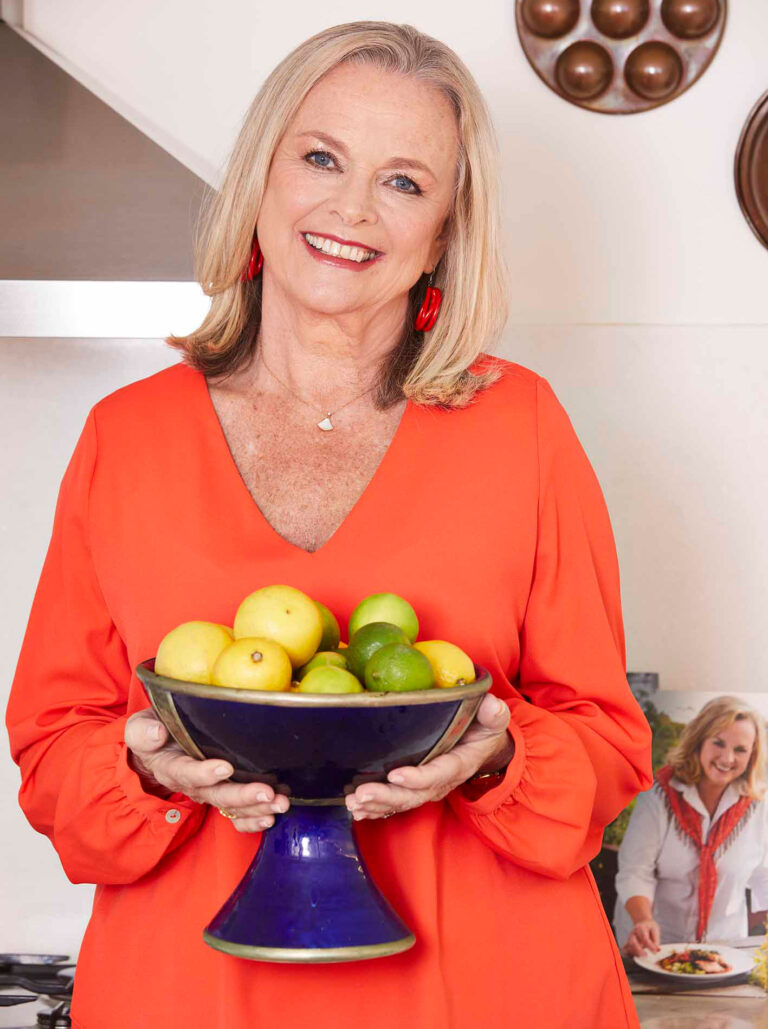I am often being asked about common cooking mistakes and it prompted me to put together a quick checklist specifically about cooking with meat. Here it is:
If time allows, always remove meat from the fridge 15 to 30 minutes prior to cooking. This will avoid uneven cooking – overdone on the outside and raw in the middle. It will also avoid having to adjust cooking times.
Pale, blonde-looking meat is not only unattractive but the taste suffers too. The best way to maximise flavour and obtain an aesthetically appealing dish is to heat your pan well before adding oil or fat and finally meat, fish or poultry. That sizzle sound is good. This will also avoid food that sticks.
When dealing with a large roast, by all means calculate the cooking time based on weight, however inserting a meat thermometer into the thickest part is the easiest way to avoid under or over cooking. A meat thermometer is a small investment to make when seeking a perfectly roast chicken or medium-rare beef roast. Some ovens come standard with a digital probe, however it is just as easy to pick a thermometer up from a kitchen supplies shop.
It is very important to leave food alone when cooking, particularly when grilling and especially when barbequing. You want your piece of meat, fish or poultry to develop a crust on one side before you turn it. How do you know its time to turn? Your spatula or tongs will slide easily underneath the meat and the crust will stick to the meat not the pan. This is true for both regular and non-stick pans.
Depending on size, all meat should be rested from 5 minutes (a chicken breast) to 30 minutes (a whole bird or a standing beef rib roast). Or as a guide rest it for half the cooking time. When you remove the meat from the oven ‘tent’ it with foil to keep it warm and set aside to allow the juices, which migrate in the centre of the meat, to distribute throughout. This applies for both expensive and inexpensive cuts. Now you can turn up the oven to brown the potatoes or cook the Yorkshire pudding, as well as transfer the roasting dish to the stovetop and turn the pan juices into gravy.
Recipes will often say ‘season to taste’. Learn to use your palate and remember that while under-seasoning may ruin your carefully constructed dish, it can be corrected, over-seasoning for the most part, cannot. Proceed with caution and taste, taste and taste again. It’s always best to season during the cooking rather than adding afterwards, except for something like a risotto where you are adding stock, as some stock can be quite salty.
You cannot fast-track slow cooking by excessive boiling. It doesn’t work that way. You will end up with a tough, dry dish. Simmering is when a bubble breaks the surface every second or two and boiling is a more vigorous bubble. They are not interchangeable.
Some recipes do not include cooking and preparation times in the method. To avoid serving meat that should have braised for three hours to guests arriving in one hour, read the recipe from beginning to end to calculate preparation and cooking times. Some recipes will even sneak another ingredient into the method that wasn’t listed in the original list. If it is an ingredient you don’t have and you don’t have time to shop, this may ruin your carefully planned dinner. Be vigilant!
Speaking of meaty issues, you can try out some of these tips with the recipes below:
Seared Wagyu with mushtoom ragu and zucchini salad
